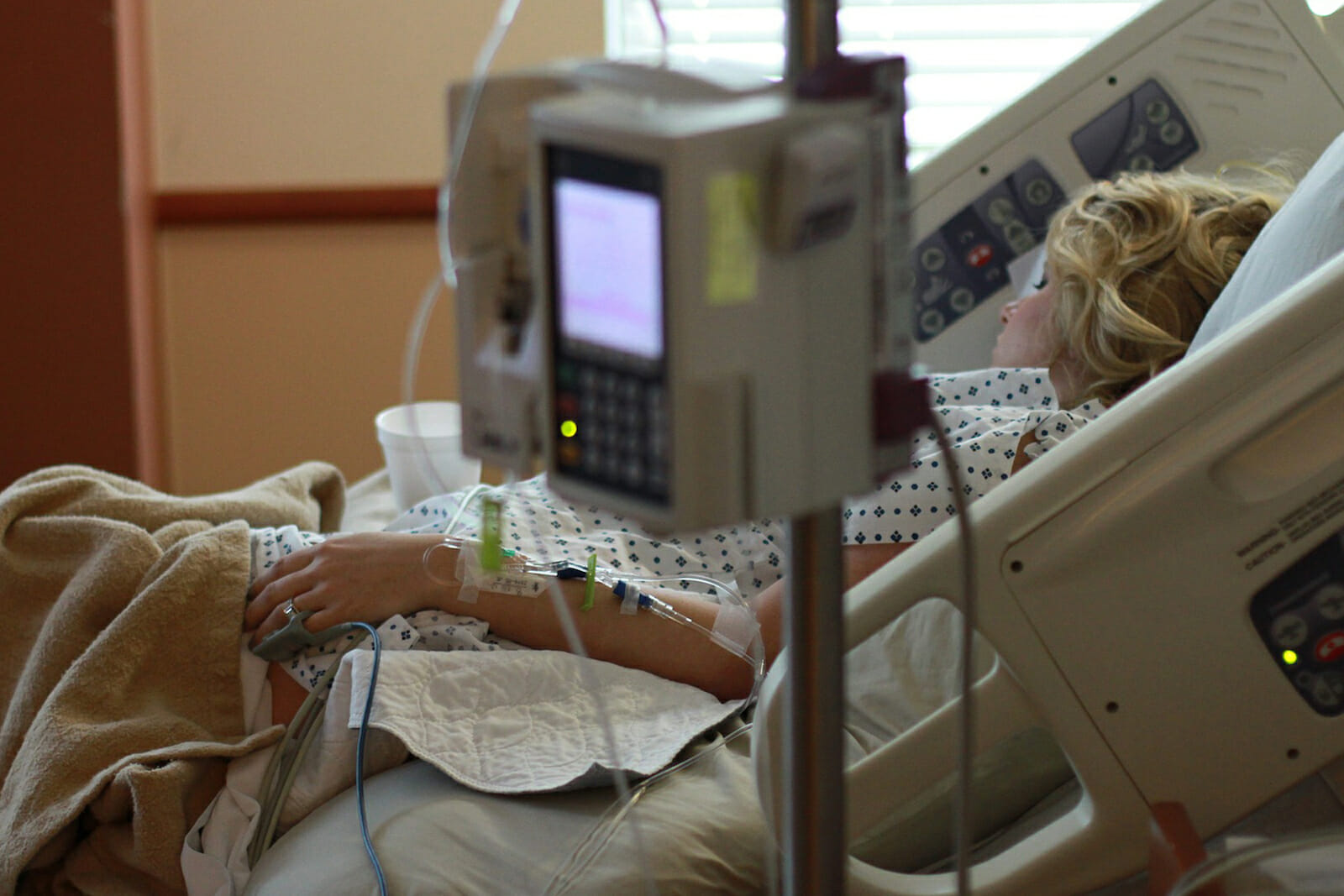
Health
How to Change the Way We Talk about Women’s Health Care
How do we speak about women’s health, as opposed to men’s health? Why is there a difference in the seriousness with which we treat, diagnose, and respond to women’s health concerns? Considering women make up more than half of the U.S. population (50.5 percent), why are there so many discrepancies between how seriously we take women’s pain symptoms versus how seriously we take the complaints of men?
Part of the problem likely stems from lack of representation of women in Congress, while another part could stem from cultural and societal stereotypes, and yet another part is likely tied to lack of female representation at the physician level: according to the Kaiser Family Foundation, women make up approximately 34 percent of all practicing allopathic and osteopathic physicians.
Let’s examine a few pertinent issues relating to women’s health, diagnosis, advocacy, and representation, from a micro-perspective. First, we’ll peer into a few cases and unpacking the factors at play. Then, we’ll consider how we might remedy the situation so as to make women’s health care, diagnoses, and pain management treatment is more equitable for women.
A Pop Culture Point of Entry
So, here’s my full admission: I am a secret Lady Gaga fan, theoretically-speaking. What I mean is, although I don’t own any of her albums, I admire her music videos and think she’s an artistic iconoclast — as far as pop music goes. I tend toward more obscure and retro music, as far as any genre leanings go, and as a deejay for my local community radio station, I listen to more independent, classical, and ambient music than mainstream radio.
That being said, I recently watched the Netflix documentary on Lady Gaga, Gaga: Five Foot Two, which features Gaga at home, Gaga in the studio, Gaga backstage, and Gaga in doctors’ offices. One scene in particular — showing her in her doctor’s office describing her daily level of chronic bodily pain, is an interesting case in point. The Atlantic Monthly’s Spencer Kornhaber recently covered this, noting the scene in which she wonders, addressing the camera, what she would do if she didn’t have “everybody here to help me.”
It’s a sad indicator of the state of health care in the U.S. when even Lady Gaga, a multi-millionaire, can’t go to the doctor or talk about her pain without feeling “pathetic.” It is interesting to consider the factors behind her self-consciousness: besides the good old-fashioned American ideal of “being strong,” there’s also the idea that we should all be entirely self-sufficient, that women are overly emotional, that we should keep our weakness carefully bottled and out of sight.
There are also glaring socio-economic dynamics at play, here: if Lady Gaga, a multi-millionaire, has trouble being properly diagnosed or taken seriously, where does that leave us? Both men and women have reasons to be concerned about the health implications of this phenomenon.
Socioeconomic Portraits & the New Normal
This leaves us with the crushing reality of most people in this country. Most of us don’t have half the resources of Lady Gaga or even the average member of Congress. We used to refer to “underserved communities” as being made up of individuals with limited income or without health insurance who couldn’t afford health care. However, high deductibles and out-of-pocket health expenses have gotten so bad that the only options most of us are poor substitutes for the real thing.
Rather than going to see their physician in the hospital, where there tend to be more substantial resources available in the event of an emergency, many utilize drugstore “Doc-in-the-Box” offices or small community clinics run by family nurse practitioners. The main reason for this is because faster options like these don’t cost as much hospital services.
This is where we are, as a country: even with health insurance, most Americans can’t afford to go to the doctor — let alone face a major medical emergency, natural disaster, or terrorist attack. I recently was struck by a friend’s FB post recounting a tragic story: he saw another diner in a restaurant clutching his chest and experiencing what looked like a heart attack. When other diners said he should get help, he replied that he couldn’t afford an ambulance and promptly left.
This is what we’ve come to. This is who we are, as a country: average citizens of the wealthiest, most affluent country in the world — according to gross domestic product (GDP), that is — can’t afford to go to the hospital, in the event of a life-threatening health scare like a heart attack or a stroke. Going to the hospital, having the luxury of an ambulance being called for us — that’s for people with affluence — not the average Joe eating a burger at the fast food joint on the corner.
Not even insurance will prevent us from being buried in medical debt, because the system has been designed to profit off the suffering of whomever can’t afford to pay their bills. That’s freedom in this country: laissez-faire capitalism; “too bad, so sad”; “if you don’t like it, you can leave. Or maybe you can’t, but that’s not my problem — it’s yours.”
How Women Can Find a Place at the Table
So where are all the women, in this picture? That’s precisely the question Dr. Olga Jonasson started asking shortly after she was named chief of surgery at Cook County Hospital — the first time a woman in the U.S. had been awarded that title. According to Medical News Today, “Women are well represented among medical school graduates. Yet, their career progression, pay, and research output is not equal to that of their male colleagues in many areas of medicine.”
Although more women are becoming physicians, surgeons, and family nurse practitioners, it’s still important to not only remain aware of gender inequity for female healthcare providers, but also for women as patients. In the absence of comprehensive, affordable health care, we must advocate for ourselves.
Some of the most important regular checkups we should be aware of include preventative screenings for breast cancer, diabetes, cholesterol, osteoporosis, and reproductive/sexual health — as well as family/mental health counseling, if applicable. This list of concerns can sound overwhelming, but preventative wellness and stress-prevention activities like weekly exercise and meditation, as well as proper nutrition and good sleep, also help.
***
It’s important to note that all of us can benefit from comprehensive women’s health: families benefit financially from preventative health care; fair pay benefits women and their extended families; and progress on the equitable health care front.
We will continue to deal with the repercussions of an inadequate health care system that privileges the 1 percent, the insurance companies, and the pharmaceutical industry — rather than the rest of us — unless we speak up and demand equitable, affordable health care for all U.S. citizens. We’re supposed to be the land of the free and the home of the brave. There is no liberty and justice for all if we’re unable to afford treatment for small problems before they get worse.

